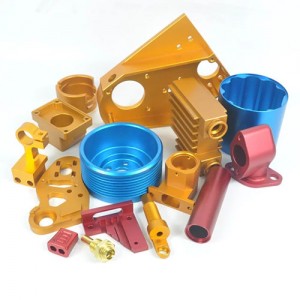Brief Introduction of Copper Materials
Information of Copper
| Features | Info |
| Subtypes | 101, 110 |
| Process | CNC machining, sheet metal fabrication |
| Tolerance | ISO 2768 |
| Applications | Bus bars, gaskets, wire connectors, and other electrical applications |
| Finishing Options | Available as-machined, media blasted, or hand-polished |
Available Copper Subtypes
| Fratures | Tensile Strength | Elongation at Break | Hardness | Density | Maximum Temp |
| 110 Copper | 42,000 psi (1/2 hard) | 20% | Rockwell F40 | 0.322 lbs / cu. in. | 500° F |
| 101 Copper | 37,000 psi (1/2 hard) | 14% | Rockwell F60 | 0.323 lbs / cu. in. | 500° F |
General Information for Copper
All copper alloys resist corrosion by fresh water and steam. In most rural, marine and industrial atmospheres copper alloys are also resistant to corrosion. Copper is resistant to saline solutions, soils, non-oxidising minerals, organic acids and caustic solutions. Moist ammonia, halogens, sulphides, solutions containing ammonia ions and oxidising acids, like nitric acid, will attack copper. Copper alloys also have poor resistance to inorganic acids.
The corrosion resistance of copper alloys comes from the formation of adherent films on the material surface. These films are relatively impervious to corrosion therefore protecting the base metal from further attack.
Copper nickel alloys, aluminium brass, and aluminium bronzes demonstrate superior resistance to saltwater corrosion.
Electrical Conductivity
The electrical conductivity of copper is second only to silver. The conductivity of copper is 97% of the conductivity of Silver. Due to its much lower cost and greater abundance, Copper has traditionally been the standard material used for electricity transmission applications.
However, weight considerations mean that a large proportion of overhead high voltage power lines now use aluminium rather than copper. By weight, the conductivity of aluminium is around twice that of copper. The aluminium alloys used do have a low strength and need to be reinforced with a galvanised or aluminium coated high tensile steel wire in each strand.
Although additions of other elements will improve properties like strength, there will be some loss in electrical conductivity. As an example a 1% addition of cadmium can increase strength by 50%. However, this will result in a corresponding decrease in electrical conductivity of 15%.





